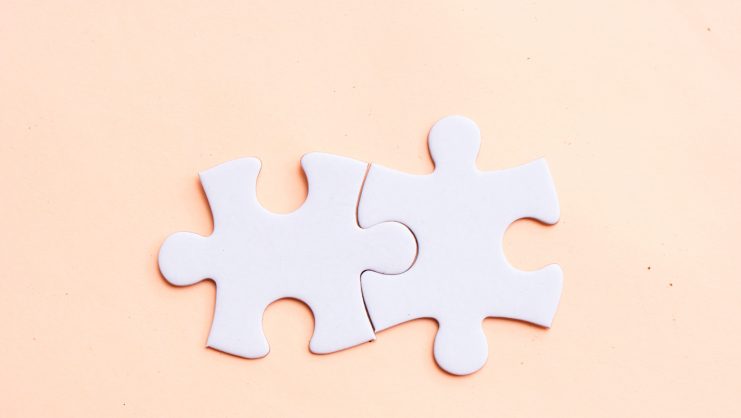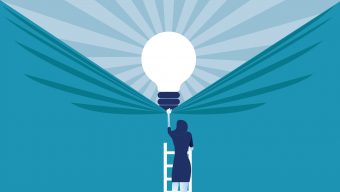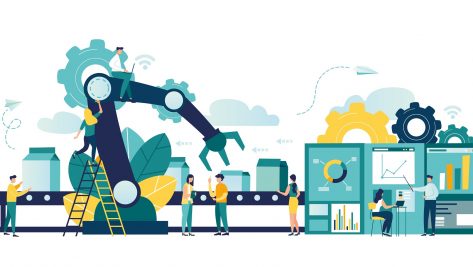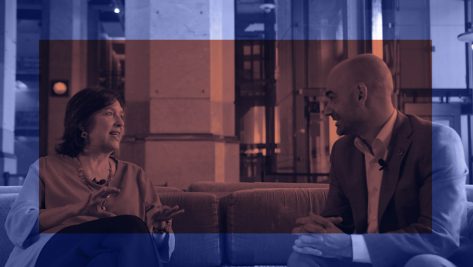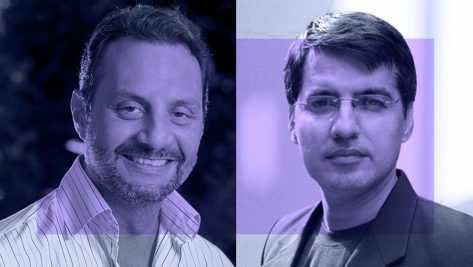Many experts argue that “influential” people are a myth. Empirical research has shown that influencers are a necessary but insufficient condition and that big changes happen when everyday people act in unison. Moreover, disruption is not really a new phenomenon. The new challenge is the accelerated frequency of disruption.
In this sense, COVID-19 may end up generating a major disruption, or at least accelerating the use of technology in various ways, thus bringing the future a few years closer to us.
Accelerating the future
When we talk about COVID-19 and technology, we are actually talking about various different things. This is all the more true because the entire global population is thinking—or at least talking—about it. (COVID-19 could turn out to be the biggest trending search topic in the history of Google.)
In addition to patient-transport products, hygiene and disinfection kits, and personalized masks that allow you to unblock your iPhone without showing your face, the past few days have given us a crash course in everything technology allows us to do:
- Develop diagnostic, monitoring, and follow-up kits and tools through mechanisms such as QR-code-based geolocation systems that tell citizens whether or not to remain under quarantine; GPS-enabled apps that determine the location of affected people and track the spread of the virus; analysis of Internet search data to predict viral spread faster than medical services that process information after the fact; and facial recognition technology and infrared sensors to analyze high-risk profiles and possible outbreaks.
- Maintain all sorts of relationships at a distance, from telecommuting to online education of various kinds, including yoga and childbirth classes. Technology has been incorporated into human relations in ways that go beyond entertainment and social media. In Spain, more than 9.5 million students and millions of professionals are taking part in an unprecedented live social experiment. In recent days, tools such as Microsoft Teams, Zoom, and Google Hangouts have become just as much a part of people’s daily lives as Facebook and WhatsApp, generating an environment where round-the-clock data usage has become (even) more natural.
- Deliver a wide range of products using drones and self-driving vehicles: application of disinfectant spray in particular areas, transport of medical supplies under temperature-controlled conditions, and home delivery of meals.
- Spread information in ways never before seen. Many years have passed since the Gulf War, when people everywhere discovered, to their surprise, that they could follow an armed conflict on television from the comfort of their own homes. Today, we are watching once again, this time via computers and mobile phones (our new favorite screens) rather than television, as COVID-19 spreads across the globe in real time. We are using tools created by multinationals such as Microsoft and by scientists like those at the Center for Systems Science and Engineering at Johns Hopkins University in the United States. These tools allow us to follow the spread of the virus minute by minute.
- Generate collective intelligence. No other outbreak in history has been tracked as closely and researched in such detail, practically in real time. Studies to understand the virus and develop a vaccine are advancing at an unprecedented pace. Gene sequencing and editing are leading to previously unimaginable conclusions, thanks to the fact that hundreds of gene sequences from all over the world are available for comparison.
COVID-19 may end up generating a major disruption, or at least accelerating the use of technology in various ways.
Technology is neutral, but we are not
If all these technological phenomena surrounding COVID-19 have anything in common, it is their rapid spread and widespread adoption—whether by imitation, by necessity, or for other reasons.
But we must remember that it’s not about the tools themselves; it’s about how the tools change the way we do things. These new ways of operating needn’t replace the old way in all cases, but in many cases they could complement it, improve it, or—why not?—replace it. But we need to consider a few key points:
- Technology is neutral. We can use it to cure or kill, to waste or optimize time, to be mediocre or explore our creativity, etc.
- The STEM fields have their own ideology. We need a new protocol for how scientists and specialists (in all fields) relate to society at large, in order to prevent the “nothing is true” mindset from taking hold.
- True freedom requires not only protecting information but also preserving our own peculiarities, so that each person can be different without being subjected to the majority opinion. Many of us are not cognizant of this.
- Information is not better just because there is more of it. The term infoxication now has a counterpart for our time: infodemic. The World Health Organization recently coined this new term to warn of the dangers of disinformation, which spreads even faster than the virus itself.
It’s not about the tools themselves; it’s about how the tools change the way we do things.
Let’s learn
Ignorance tends towards simplicity, whereas reality is highly complex. Things are not good or bad in the abstract; they are good or bad when considered systemically.
We all agree that COVID-19 is a negative event for the world in both personal and economic terms. But perhaps it can accelerate the positive things that technology can provide. The challenge we are now facing will hopefully serve as a learning experience and enable us, after the crisis, to embrace the good things that come out of it. Wouldn’t that be a silver lining?
© IE Insights.




